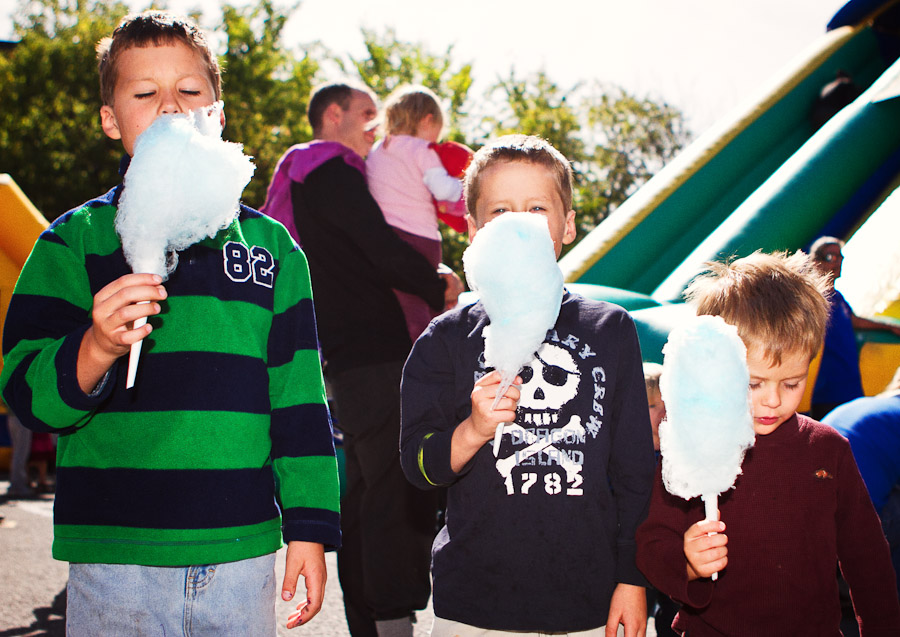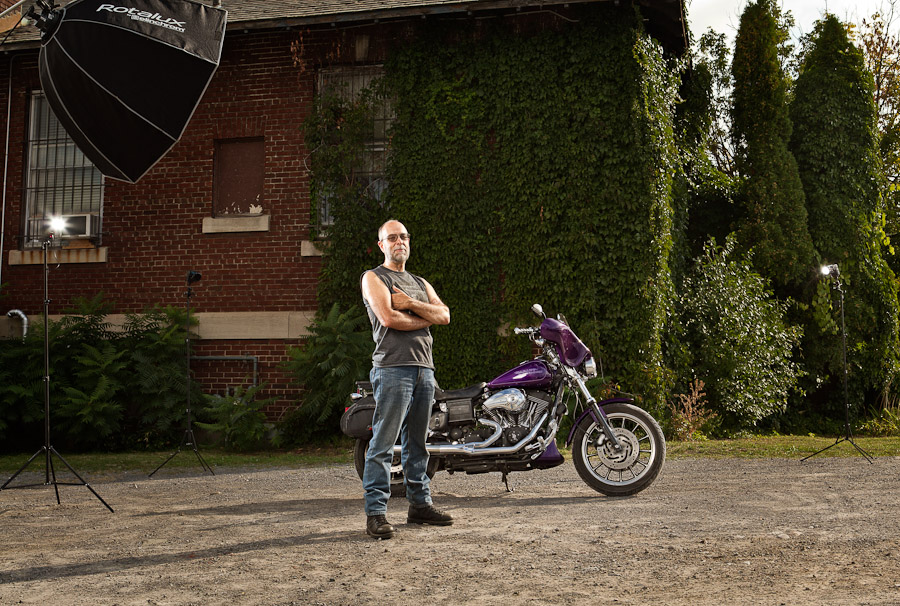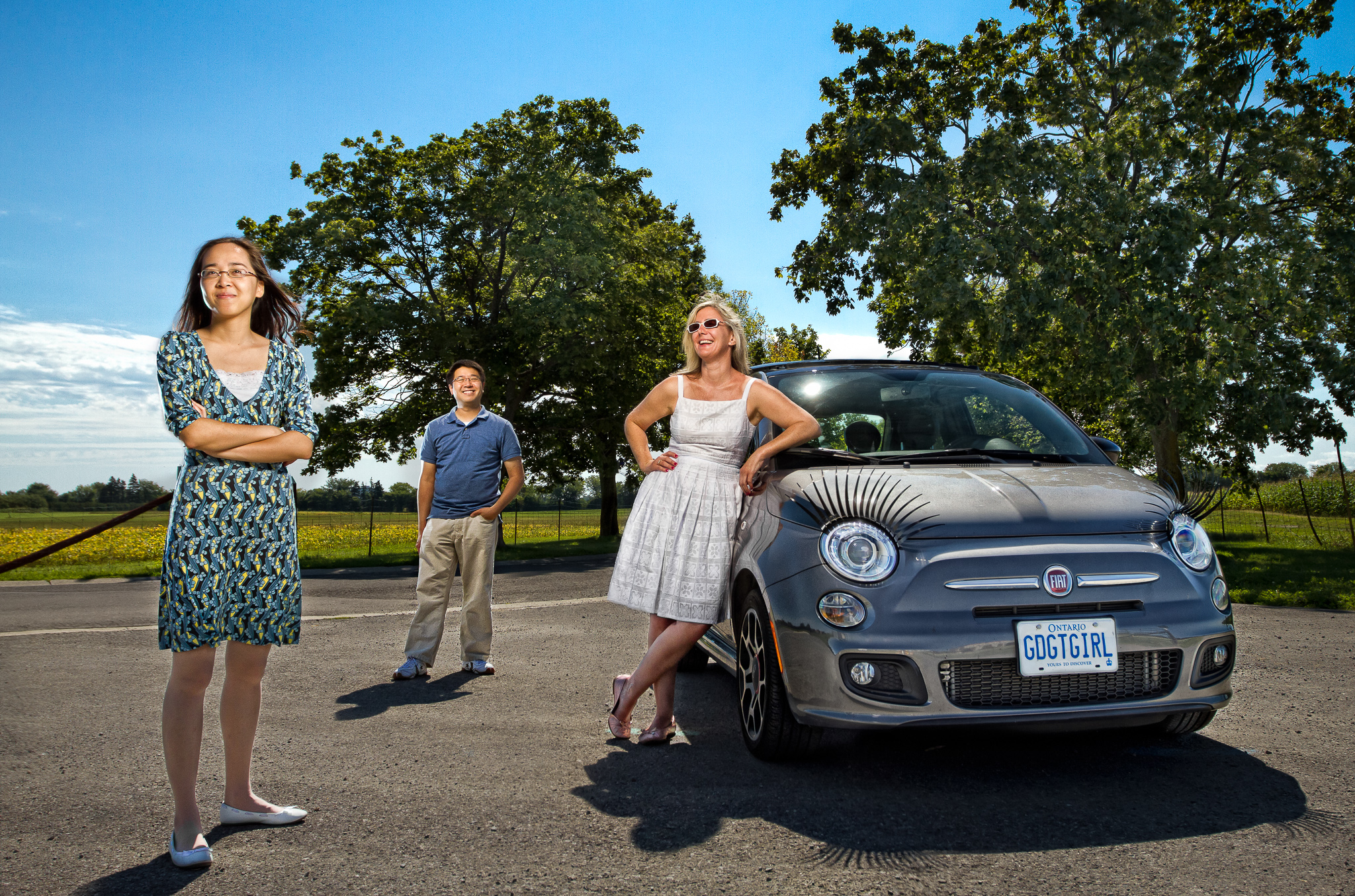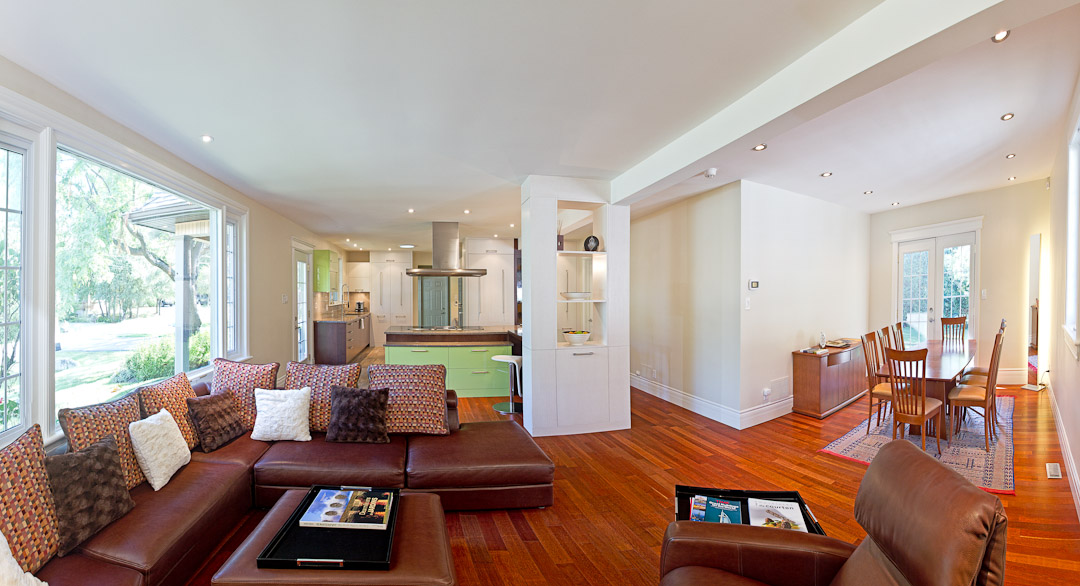![]()
This was my third year leading Scott Kelby’s annual Worldwide photowalk in Ottawa, one of over 1100 walks worldwide, and our group of 40+ complemented over 28,000 walkers accross the globe.
I decided to depart my my regular route of downtown Ottawa and bring the walk to my home-turf of Hintonburg and the nearby Ottawa River. I was fortunate to be joined by a devoted group of previous walkers-turned friends, and equally fortunate to be joined by a whole whack of strangers that get queued in the “to be friends” list. They were all troopers considering our weather was inclement at best, and wet and cold near the end.
Younes came and graciously offered to teach those who were interested in some of the proper techniques used in landscape photography. Usually people have to pay big bucks for this. I took another group and tried my best to short-out my flash in the rain by showing people how easy it is to do a single flash, off-camera lighting setup.
There’s this great section of rock on the Ottawa River that a local artist, John Ceprano, has sort of “appropriated” and created hundreds of these magnificent balanced rock-sculptures. It’s an impressive display and usually draws lots of attention, of course we were the only ones there on a rainy Sunday. This meant when John stopped by to check in on his work (exposed to the elements, these sculptures are always moving, falling, changing, the setting is never the same twice) he was kind of surprised to see a roving troupe of photographers appreciating his work.
I took the opportunity to recognize him for his contribution, I needed a subject for my one-light portrait anyways. Of course everyone jumped in to shoot at the exact same time like uncle-bob at a wedding, so he’s a little distracted, but that’s okay, he deserves the attention.
Extra special thanks to my friends at Canvaspop, who made sure EVERY person on my walk got to take something home, thanks to Think Tank Photo whose Retrospective 30 (review) allowed me to carry the perfect amount of gear – I also noticed a few other pieces of TT equipment – and Blackrapid whose RS-7, I think, is still the perfect accessorry for actually walking around with you camera.
There’s a group pool on Flickr that I’ve maintained for the past three years, there’s already lots of work there from this year and I encourage you to take a look. What’s always so fascinating to me, about photography, is that you can have 40 photographers in the same place, notice the same thing, and they all take different images. Great stuff. See you next year?










